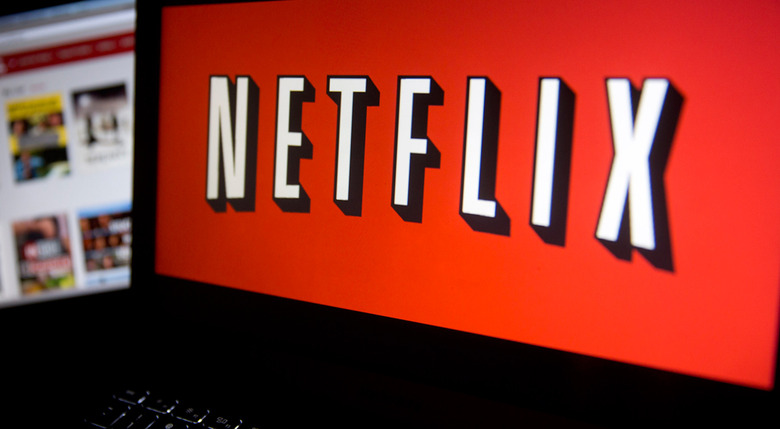3 Reasons Why Netflix Doesn't Release Ratings For Its Original Programming
Impressively, Netflix over the past few years has successfully morphed from a company known for mailing out DVDs into a streaming juggernaut that wields tremendous power and influence throughout the entertainment industry. Of course, the backbone of Netflix's successful transformation rests with the company's almost obsessive need to churn out a never-ending supply of original content.
DON'T MISS: Serious smartphone security mistakes you need to stop making immediately
In a span of less than three years, Netflix has managed to put together an incredible library of original content that is well on its way towards rivaling HBO's own vault of original programming. Today, Netflix's selection of original content spans every type of genre imaginable. From political thrillers (House of Cards) and prison dramas (Orange is the new Black) to riveting documentaries (Making a Murderer) and animated comedies (BoJack Horseman), Netflix has quickly amassed a library of content catered to any type of demographic you can think of.
Now that's all well and good, but if we take a look at Netflix's library of original programs, it's not always easy to discern which ones in particular are the most popular. Sure, the company will gladly provide users with recommendations, but if you're looking for raw data detailing how many viewers have sat down and actually watched a particular show, you're out of luck. Indeed, Netflix not only seems to downplay individual series ratings, but refuses to release any type of ratings information to the public altogether.
As it turns out, there's actually a few reasons why.
Not too long ago, Netflix chief content officer Ted Sarandos explained that once the company provides ratings figures for a particular show, they're effectively providing a benchmark that other Netflix shows will inevitably be compared to. In such a scenario, it becomes all too easy to quickly categorize shows as flops or successes, something Netflix wants to avoid.
"Once we give a number for a show, Sarandos explained, "then every show will be benchmarked off of that show even though they were built sometimes for very specific audiences."
From Netflix's vantage point, it doesn't quite matter that the public be aware of which shows pull in the highest ratings. Rather, all Netflix cares about is that its ever-increasing selection of original content continues to keep current members happy and attract new subscribers in the process.
Indeed, the bedrock of Netflix's original content strategy is to provide a selection of content that appeals to every type of viewing interest, no matter how niche. It's why Netflix has no problem spending boatloads of money on a show like Narcos and will gladly produce a reboot of Fuller House without thinking twice.
What's more, keeping ratings a well-kept secret ensures that the content remains true to itself. In other words, it prevents writers from trying to chase previous hits at the peril of originality.
"There is a very natural inclination to say, 'Relative to this show, this show is a failure.'" Sarandos continued. "That puts a lot of creative pressure on the talent."
Another point to consider is that Netflix views its ratings data as strategically important information. If, for instance, it was publicly known that Fuller House was Netflix's most viewed show, it wouldn't take long for traditional networks to follow suit and start developing their own 80s sitcom reboots. In that regard, keeping its ratings under lock and key provides Netflix with something of a competitive advantage. In other words, it keeps company rivals in the dark as it pertains to the secret sauce that helps make Netflix such an increasingly popular and addicting service.
